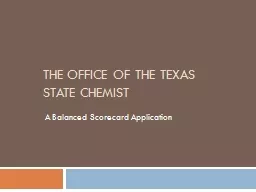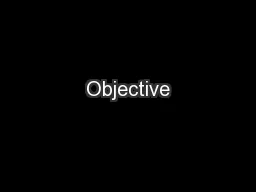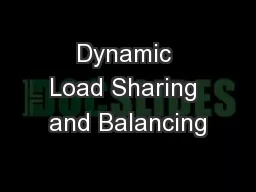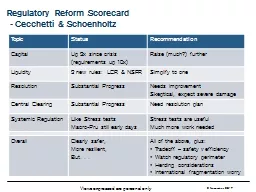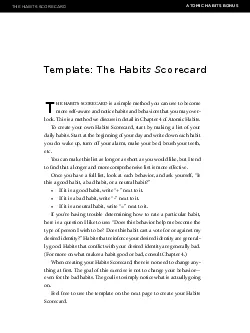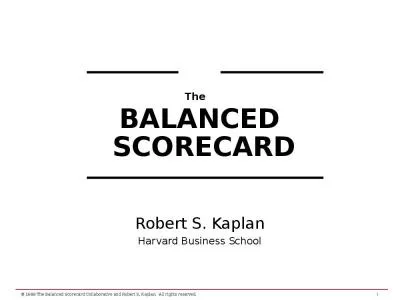PPT-Balancing the safety scorecard
Author : conchita-marotz | Published Date : 2016-05-16
Tips for effective measurement of safety performance Kent Blackmon BSc crsp Ryan Orvis crsp chsc Session objectives Internal Responsibility System Benefits of measuring
Presentation Embed Code
Download Presentation
Download Presentation The PPT/PDF document "Balancing the safety scorecard" is the property of its rightful owner. Permission is granted to download and print the materials on this website for personal, non-commercial use only, and to display it on your personal computer provided you do not modify the materials and that you retain all copyright notices contained in the materials. By downloading content from our website, you accept the terms of this agreement.
Balancing the safety scorecard: Transcript
Download Rules Of Document
"Balancing the safety scorecard"The content belongs to its owner. You may download and print it for personal use, without modification, and keep all copyright notices. By downloading, you agree to these terms.
Related Documents


